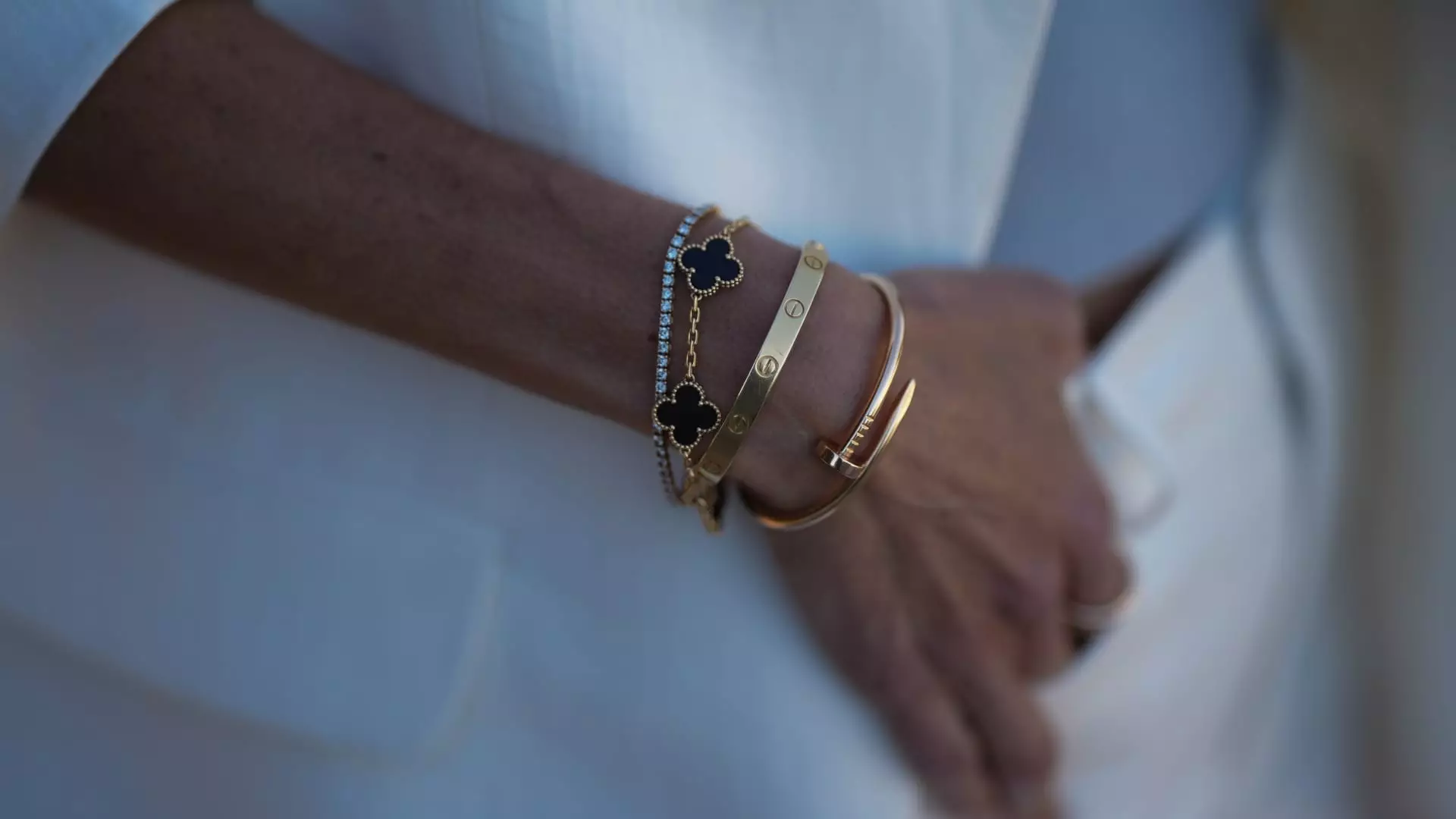The luxury retail sector was poised for a renaissance in 2025, fueled by optimistic sentiments following a strong fourth quarter driven by holiday shopping hype and political post-election euphoria. Markets anticipated a robust rebound, echoing the hopeful narratives spun by industry insiders and analysts alike. Yet, beneath the surface of these bright forecasts lurks a troubling reality: consumer spending on luxury goods in the United States has actually declined during the first half of the year compared to the same period last year. This discrepancy between expectations and actual performance signals an unsettling truth—luxury consumers are growing cautious, and the sector’s recovery is far from guaranteed.
Absurdly optimistic forecasts often ignore the deeper economic signals that threaten foundation-level stability. The recent data from Citigroup reveal spending dips that defy the overly optimistic narratives. May showed a marginal decrease of 1.7% in luxury spending, which, while better than prior months, underscores an underlying weakness in consumer confidence. Even the seemingly resilient top-tier brands—Hermès and others—are experiencing slowdowns, with some segments barely maintaining customer loyalty or total sales levels. This situation warrants a serious reevaluation of the assumptions behind supposed luxury sector renaissance, as many of these so-called recoveries are superficial and vulnerable to broader economic headwinds.
The Jewelry Boom: A Reflection of Deeper Shifts
Among all luxury categories, jewelry stands apart as the unexpected bright spot. It has consistently outperformed other sectors like leather goods, ready-to-wear, and handbags, displaying a peculiar resilience that deserves scrutiny. The high-end jewelry market has seen a steady increase in spending since September of the previous year, culminating in a 10.1% year-over-year uptick in May. What’s particularly revealing is that this growth isn’t solely driven by higher individual spending—more customers are actually buying jewelry—although some luxury brands are experiencing a 2.7% decline in their customer base. Those who remain are spending significantly more, with average expenditures increasing by over 11%.
This phenomenon signals a shift in the consumer mindset: jewelry is increasingly seen not just as a luxury item, but as an investment and an emotional anchor. Citi analyst Thomas Chauvet referenced the perception of jewelry as a store of value, bolstered by rising gold prices, which have surged over 25% this year. Consumers are likely perceiving jewelry—especially gold and other precious metals—as a safer, more meaningful purchase amid economic uncertainty. This anticipates a troubling consequence: the traditional allure of luxury handbags and accessories—whose prices have soared by up to 40%—is losing its appeal as consumers grow skeptical of their value proposition.
Distorted Perceptions and Market Reality
The surge in luxury jewelry and the relatively modest performance of handbags and ready-to-wear categories highlight a fundamental disconnect between market hype and consumer reality. People are less willing to invest in fleeting fashion trends and more inclined toward assets perceived as durable and meaningful. That jewelry—especially pieces perceived as investment-grade—maintains or even increases in value indicates a shift toward a more conservative approach in luxury spending. This change is perhaps driven by economic uncertainty, geopolitical risks, and inflationary pressures that make consumers re-evaluate how they allocate their discretionary income.
Meanwhile, the luxury handbag market continues to suffer from stagnation and a lack of innovation. Despite some promising collections for fall and winter 2025, most bags look remarkably similar across brands today. When differentiation diminishes, consumer interest wanes, and the perceived exclusivity of such products diminishes. Brands that once prided themselves on innovation are now trapped in a cycle of incremental price hikes—up to 40% since the pandemic—without delivering commensurate value to consumers. This strategy risks alienating customers who are starting to see luxury as an overpriced commodity rather than a symbol of status or craftsmanship.
The Illusion of a Turnaround
Luxury watch spending offers a mixed bag: a 14.7% year-over-year increase in total spending in May sounds promising, but the top brands are down 10% in that same period. This discrepancy highlights a critical flaw in the current narrative: short-term fluctuations driven by external factors—like retailers stocking up or reactions to tariffs—do not represent sustainable growth. The recent surge in Swiss watch exports relates to tactical stockpiling and inventory maneuvering rather than genuine consumer demand. Additionally, geopolitical risks—such as the ongoing Iran-Israel conflict and the impending expiration of tariffs—cast long shadows over the sector’s outlook.
Furthermore, the macroeconomic climate complicates the potential for a meaningful recovery. The US dollar has depreciated by around 10%, impacting Americans’ ability to travel and spend abroad—a vital aspect of high-end luxury consumption. Conversely, the stock market’s recent rally does not necessarily translate into increased luxury spending, especially when inflationary pressures and geopolitical tensions threaten economic stability.
In blending these elements, it becomes clear that the so-called turnaround in luxury retail is largely superficial. The sector remains vulnerable to external shocks, and consumer confidence continues to waver. The illusion of a renaissance masks deeper structural issues, suggesting that what appears to be a recovery might instead be an overstated illusion—one that could evaporate as swiftly as it appeared.


Leave a Reply